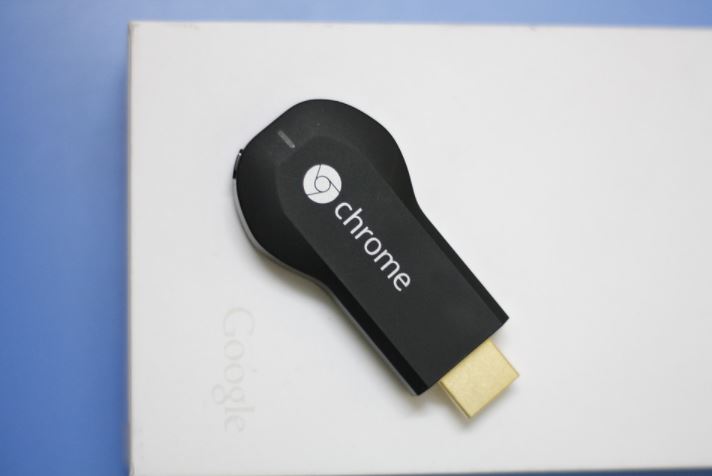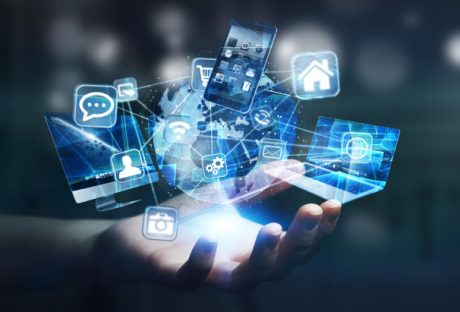Modern smart televisions are designed to connect with several external devices in order to enhance our entertainment experiences. And casting videos from your mobile devices to your Tv is one of the most popular options. You also can cast any content from your laptop or computer. But in case your television does not support this feature, you can use streaming devices for establishing the connection. Now, let’s begin to solve the issue “Chromecast source not supported”.
Google Chromecast is a device that fulfills a similar purpose. It is packed with many streaming applications. With the help of this device, you will be able to cast content from the Google Chrome browser as well. And in case you are using this device and facing an issue like Chromecast source not supported, here I will guide you with the techniques to eliminate them.
Fixing Chromecast Source Not Supported Error
Here are the ways that you can try to fix the Chromecast source not supported error in your device. There can be several reasons behind this issue, so here are all the solutions for different kinds of reasons that are causing this issue.
1. Enable Mirroring Service
Suppose you are using The Chrome browser in your system and unable to cast to the Chromecast. Then you need to check whether the Mirror service option is enabled or not. The users mostly recommend this method as it is really effective in solving the source not supported Chromecast issue.
Here are the steps to enable Mirror Services to eliminate the Chromecast source not supported the issue.
- Open the search browser, Google Chrome.
- Into the browser, type chrome://flags.
- Hit the Enter button.
- Press CTRL + F on your keyboard for bringing up the Find tool.
- Type in Mirroring, that we are searching for.
- Hit the Enter again.
- Find Mirroring Service option.
- On the right side, click on the drop-down menu.
- Now select it as Enabled.
- Close the Chrome Browser completely and again Open it so that the changes are saves.
Now you can check whether the issue is resolved or not. Try to cast something from your system to your television using Google chrome. And check whether the issue is still there or not.
2. Restart your Chromecast, Wi-fi Router, and Computer
Restarting your Chromecast also can solve your Chromecast source not supported issue. But for added measure, it is also recommended to restart your Wi-fi router and your computer also. This will make sure that if there is an issue that is causing the error will get resolved at the same time.
Here are the steps to do that,
- Firstly, you need to power off your TV, with which your Chromecast is connected.
- Unplug your Chromecast from your television.
- Also, unplug the power cord of the Chromecast device.
- Now leave it unplugged for 1 minute at least.
- Now, you need to power off the router or modem, depending on whatever you are using.
- Wait for 1 or 2 minutes.
- Power on your router or modem.
- Now is the time to restart your system.
- After your system restarts back, connect it again with the WiFi.
- Give your Chromecast sometime to reset up everything.
- Now try to cast something and check.
3. Turn Off all VPN and Ad Blockers
Ad blockers generally block pop-ups and prevent Javascript from running. This sometimes causes the Chromecast source not supported error. So, you can try turning off the add blockers and also any VPN if you are using them.
Here are the steps to disable those Google Chrome browser extensions.
- Open Google Chrome browser.
- Click on the three-dot icon.
- A drop-down menu will open.
- Select More tools.
- Click on Extensions.
- The Extension page will open.
- Search for the add blocker that you are using.
- To turn off the extension, Toggle the blue switch.
- Close your browser completely.
- Reopen it and try to cast.
4. Enable the option of Cast Media Route Provider
Though you have enabled Mirroring service options, you also can try enabling the option of Cast Media Route Provider. This will also can solve the Chromecast source not supported error that you are currently facing.
The process is similar to the enabling process or Mirroring Service. Here are the steps.
- Open the Google Chrome search browser.
- Into the browser, type chrome://flags.
- Hit the Enter button.
- Press CTRL + F on your keyboard for bringing up the Find tool.
- Type in Cast Media Route that we are searching for.
- Hit the Enter again.
- Find Cast Media Route Provider option.
- On the right side, click on the drop-down menu.
- Now select it as Enabled.
- Close the Chrome Browser completely and again Open it so that the changes are saves.
5. Check The App You Are Using To Cast
There is a reason behind the Chromecast source not supported issue, and that is the app that you are using. Maybe the particular app that you are using for casting is not working properly at that very moment.
So what will you do in this case?
You can check by restarting the spp. In case you are trying to cast from your desktop or laptop, you can simply close the app and start it again. But what if you are casting from your Android device? You can restart the app by using the “Application Manager.” before you start the process, there are some things that you should know.
In case the particular app is not storing your user settings online, everything might get reset after this process. You may also need to log in with your credential once the process is completed. So, just make sure you have all those details.
- Open the folder, Apps.
- Tap the icon, Settings.
- Open the Application Manager.
- Scroll down and search for the application with which you are facing casting issues on your TV.
- Tap the app.
- The app menu will open.
- Tap Force Stop.
- Go to the Storage Section.
- Tap on Clear Data.
- Go to the Cache section.
- Tap Clear Cache.
- Now back to your Home screen.
- Restart the app.
This will solve the issues if it is caused by the app instability.
Final Tips
In case you are done with all the above-mentioned steps and the Chromecast source not supported, the error is still there. There are some other ways you can try installing the latest version of chrome. I believe the issue will get resolves. But in case the issue persists. Lastly, you can factory reset the Chromecast device. It will lose all the previous data, and you will also need to log in again with your credentials.
Read Also:
- How Many Jobs Are Available In Real Estate Investment Trusts? 2021
- 0123Putlockers And Servers – Watch Movies Online
- How to Download Game Of Thrones Putlocker Online for Free?
- Is Real Estate Investment Trusts A Good Career Path? REITs Pros And Cons
- How to Plant Grass Seed on Hard Dirt? – Latest Update 2021






















